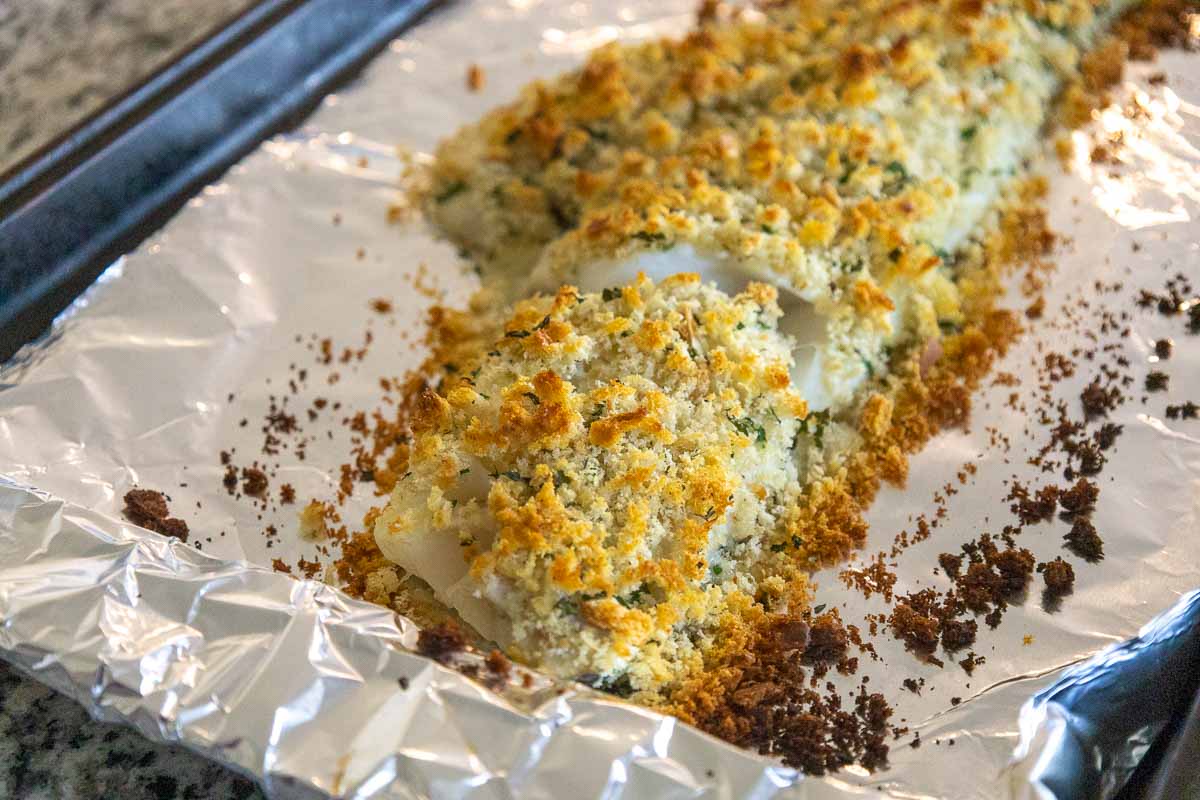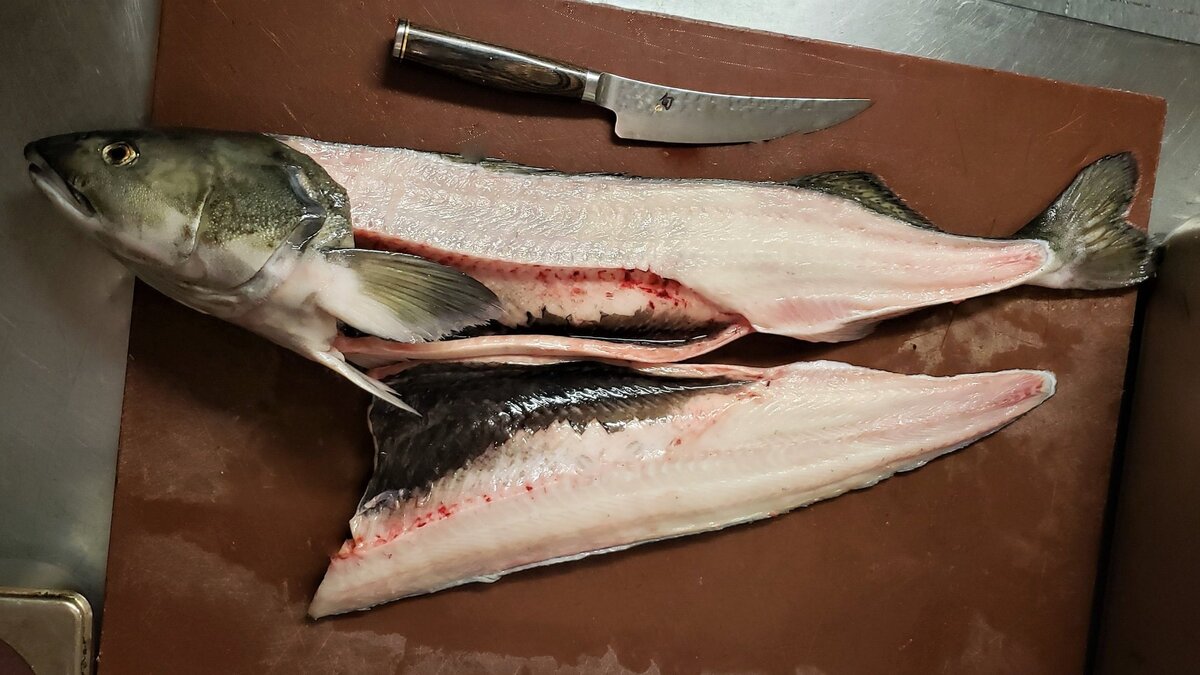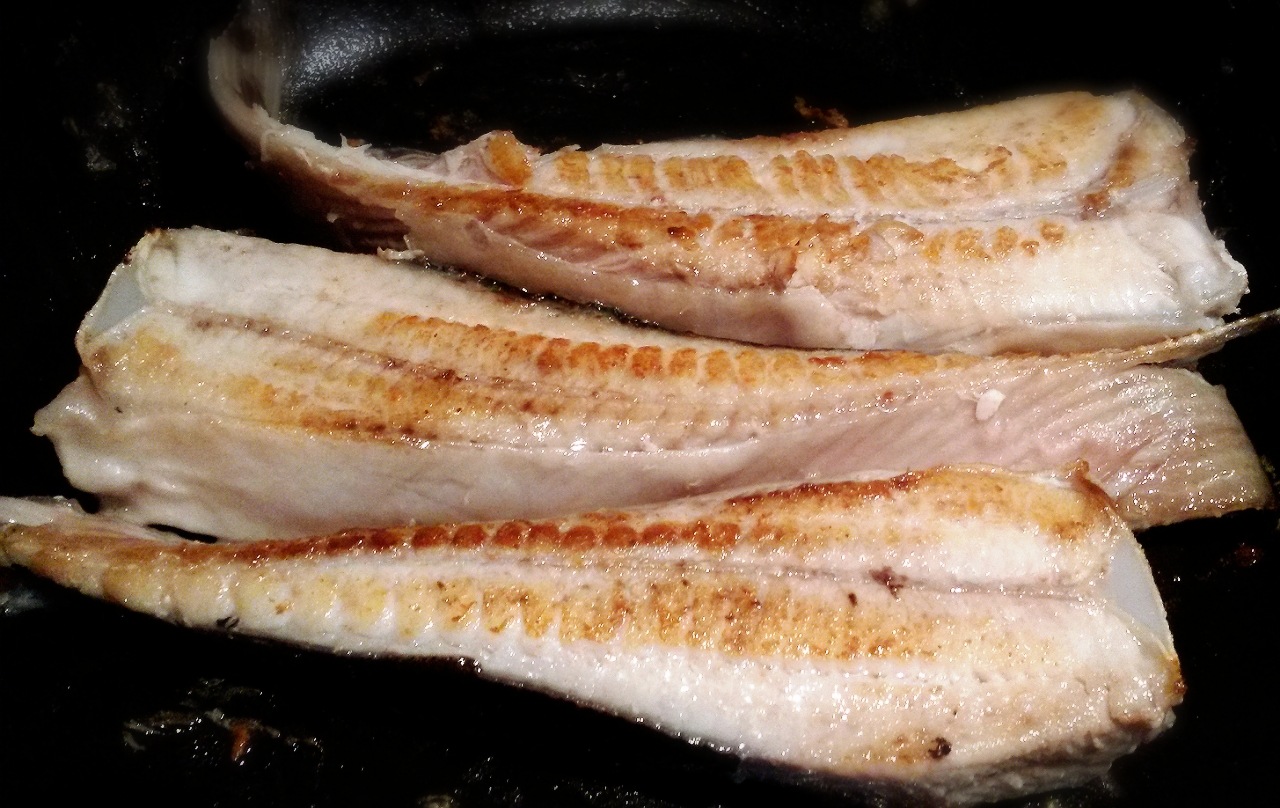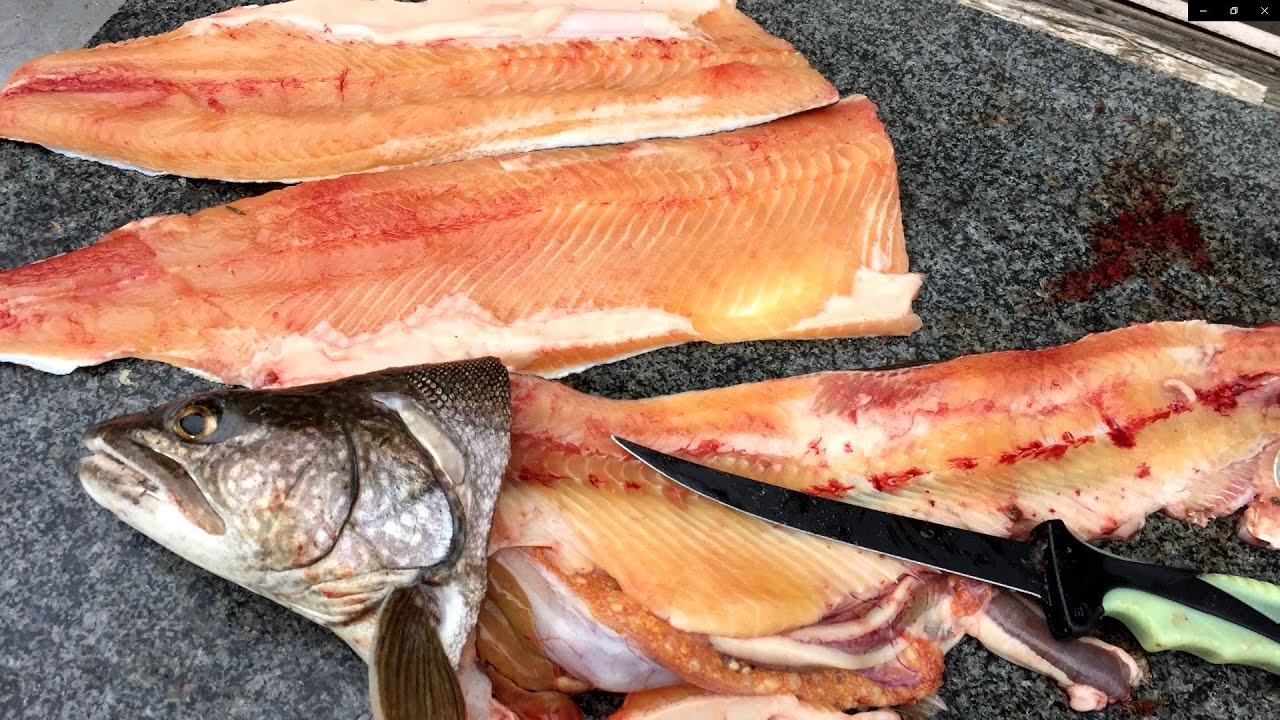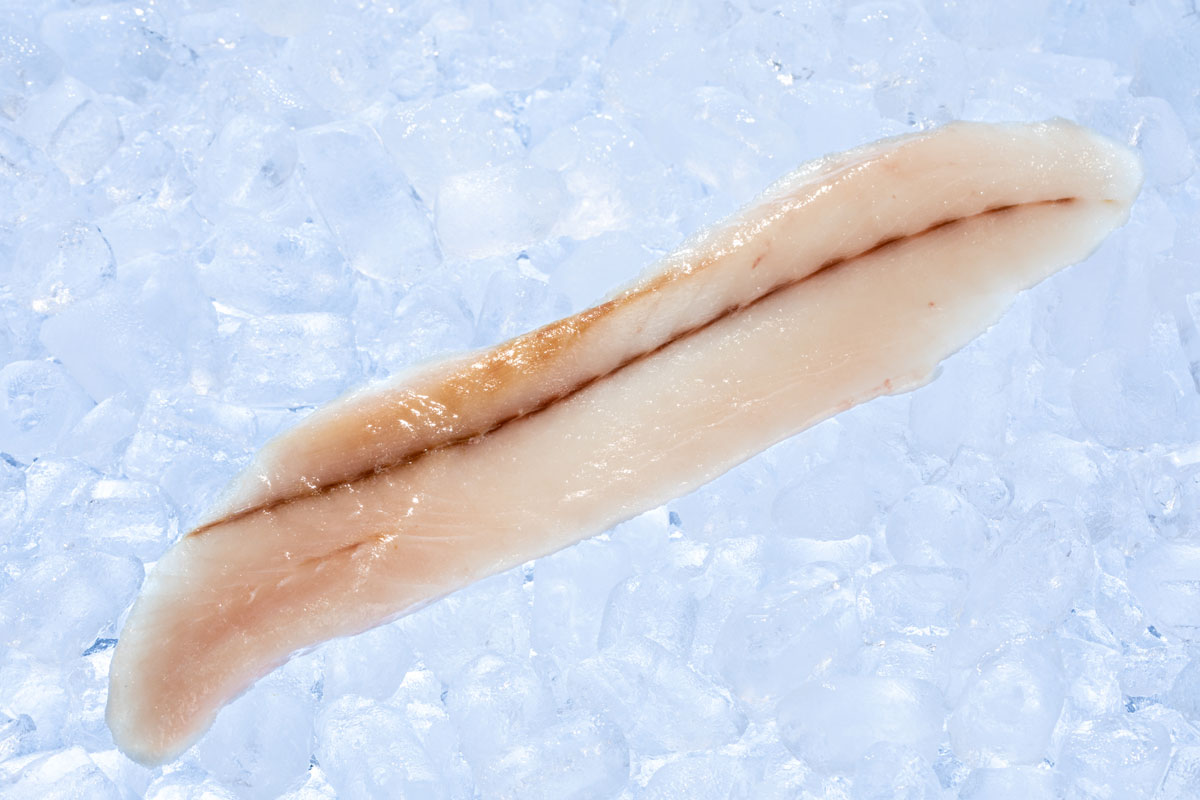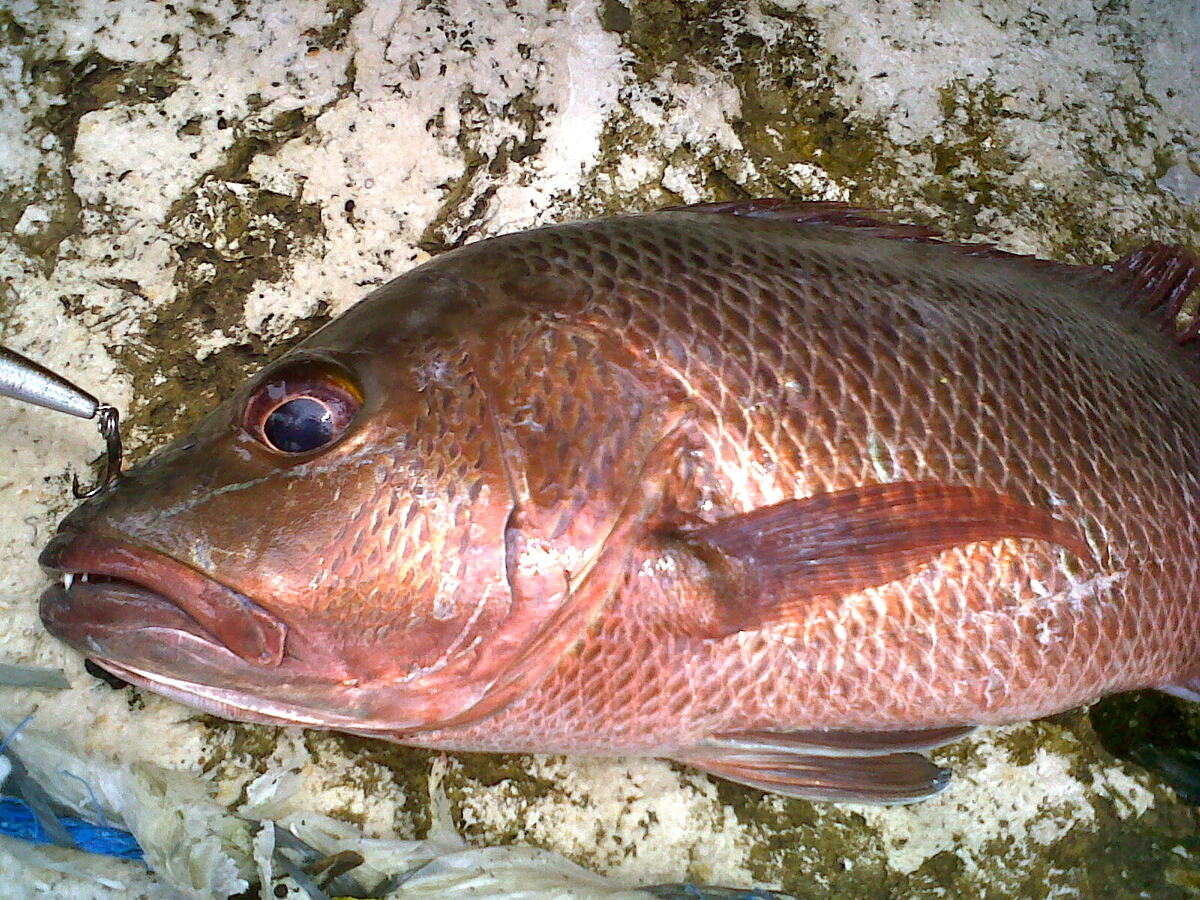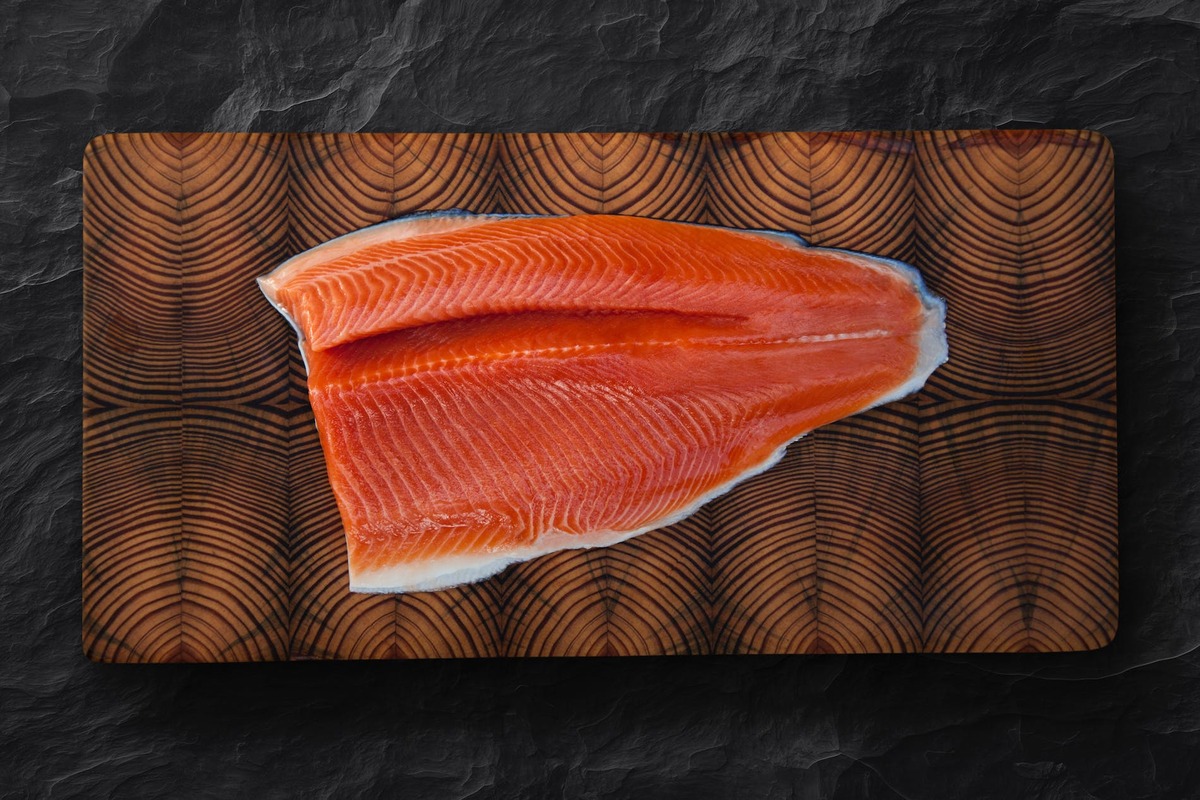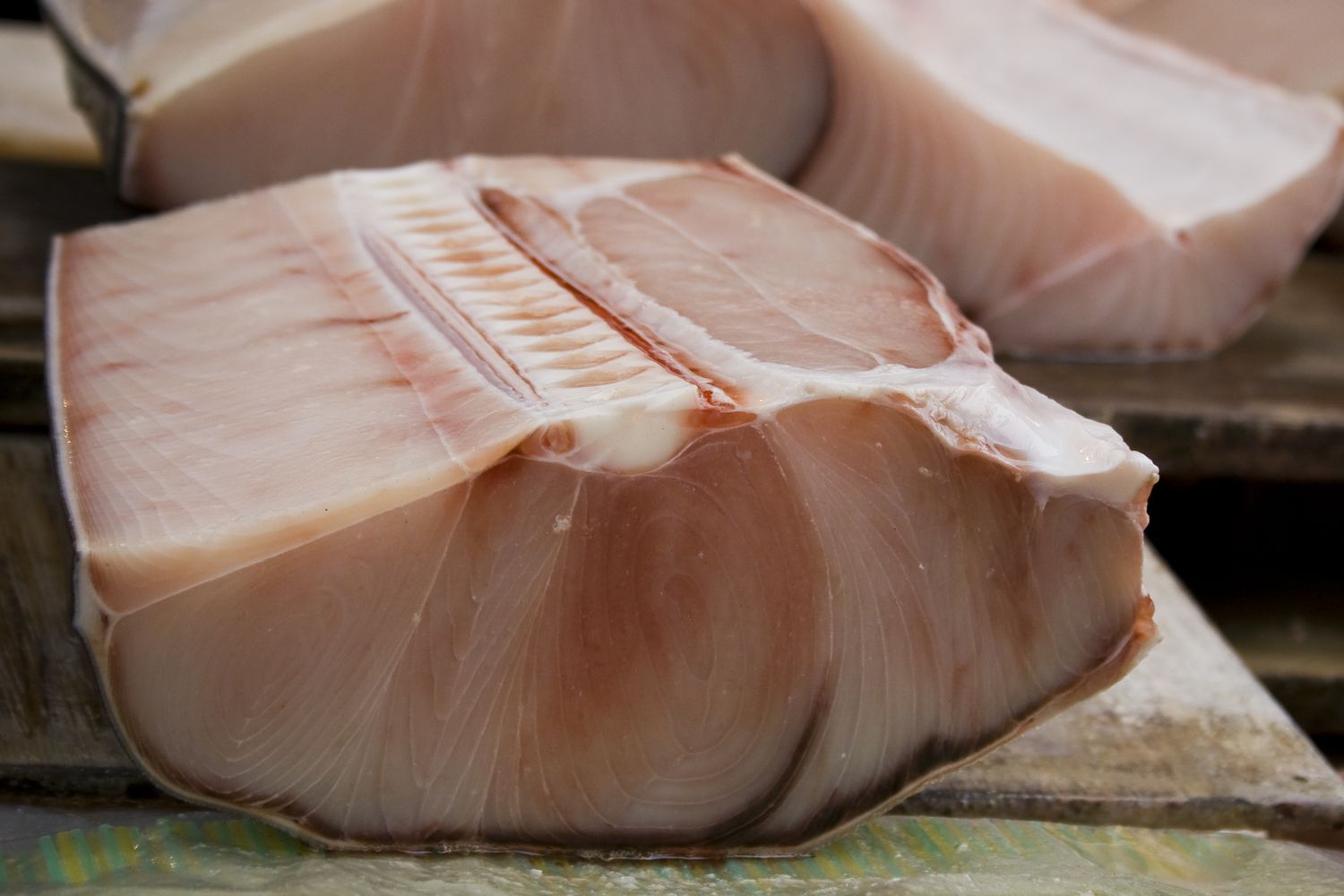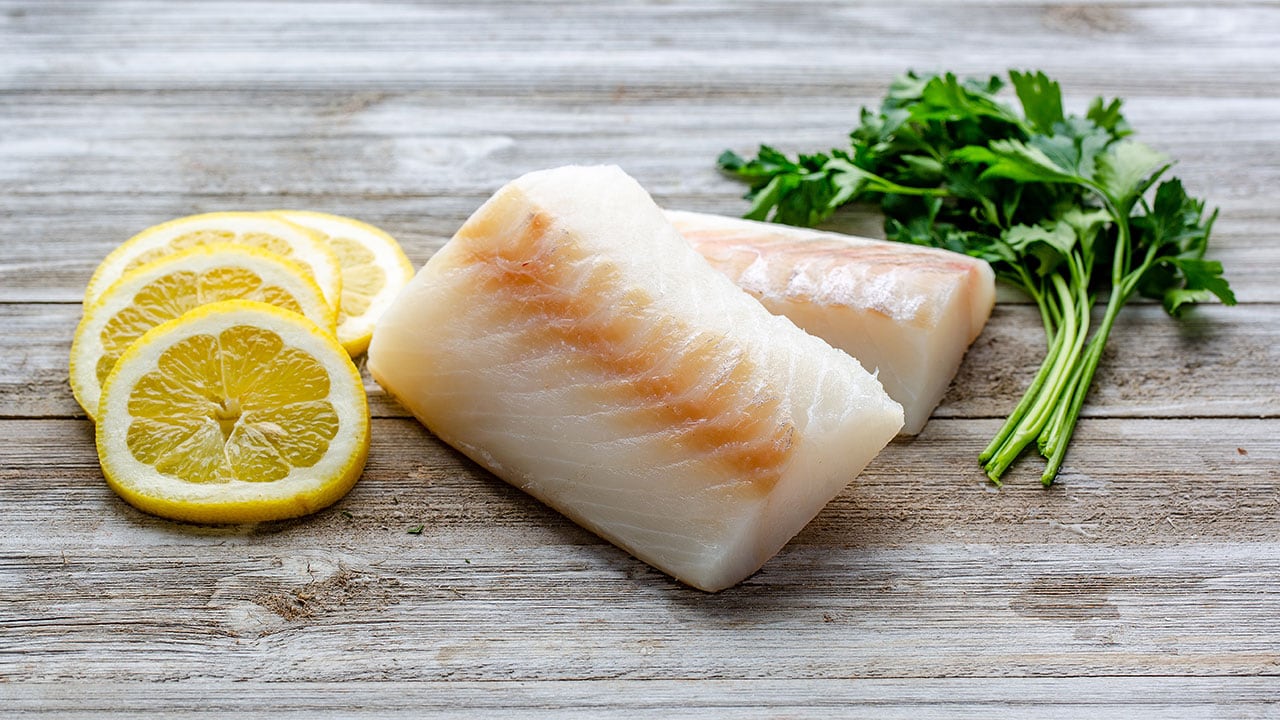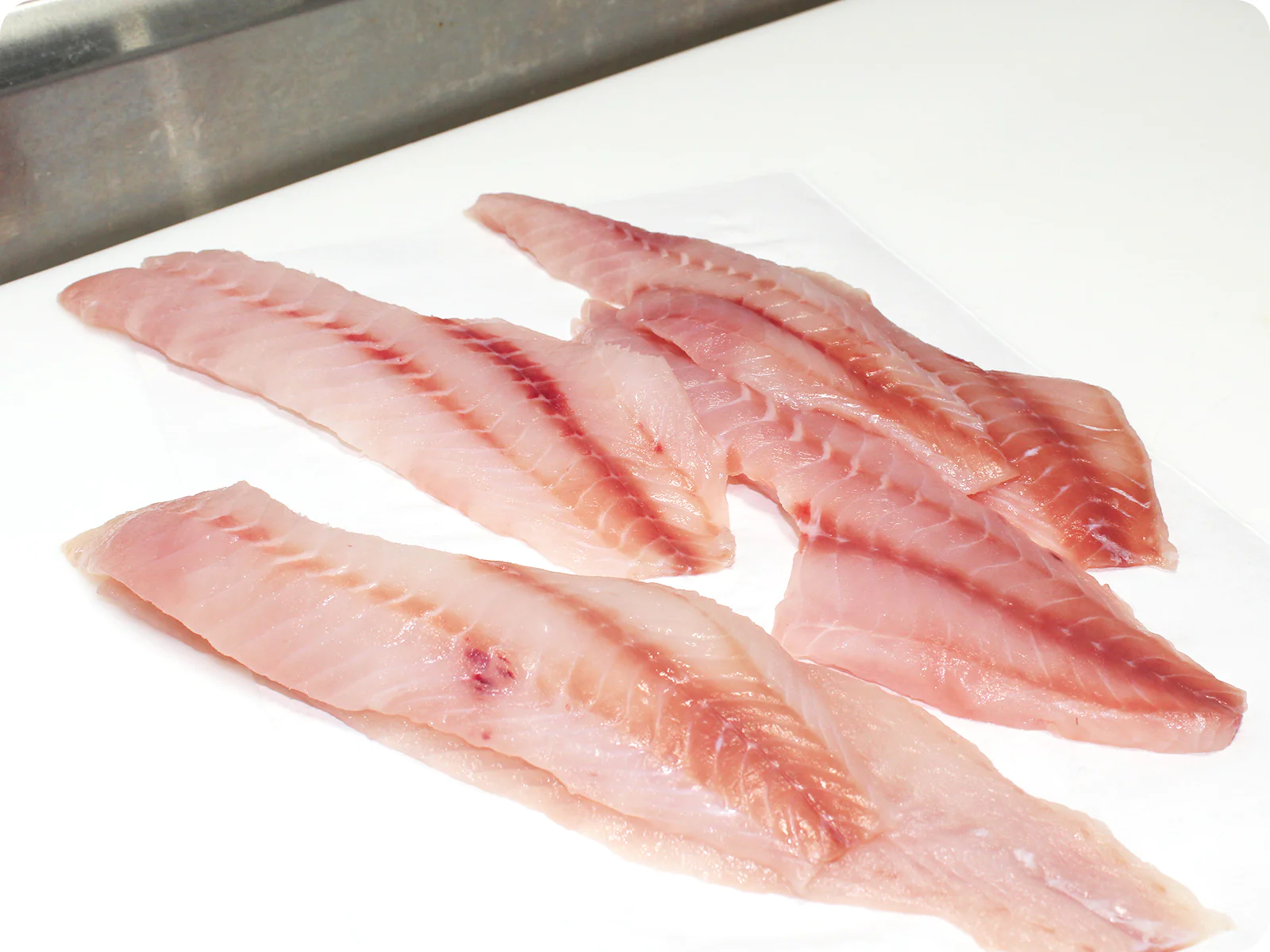Step-by-Step Guide: How to Fillet a Haddock
Filleting a haddock may seem like a daunting task, but with the right technique and a little practice, it can be a rewarding experience. Whether you’ve just caught a fresh haddock or picked one up from the market, learning how to fillet it properly will allow you to enjoy the delicious, tender meat that this fish has to offer.
What You’ll Need
Before you begin, make sure you have the following tools ready:
- Sharp fillet knife
- Cutting board
- Bowl for discarding scraps
- Patience and a steady hand
Preparing the Haddock
Start by rinsing the haddock under cold water and patting it dry with paper towels. Place the fish on a clean, sturdy surface such as a cutting board.
Removing the Head and Tail
Using a sharp fillet knife, make a diagonal cut behind the haddock’s gills to remove the head. Next, remove the tail by cutting just above where it meets the body of the fish. Discard the head and tail or save them for making fish stock.
Scaling the Fish
Run the back of the knife or a fish scaler tool against the haddock’s skin to remove the scales. Work from the tail towards the head, applying gentle pressure to lift the scales off the fish. Rinse the haddock again to remove any loose scales.
Filleting the Haddock
With the haddock now prepared, it’s time to fillet the fish. Follow these steps:
- Lay the haddock on its side with the head facing away from you.
- Make a small incision behind the pectoral fin, cutting down to the backbone.
- Run the knife along the backbone, using smooth, steady strokes to separate the fillet from the body.
- Once the fillet is detached, flip the haddock over and repeat the process on the other side.
Removing the Rib Cage
After filleting, you’ll need to remove the rib cage from each fillet. Carefully slide the knife under the rib bones, using a gentle sawing motion to separate the bones from the meat. Take your time to ensure that you remove all the bones.
Final Touches
Inspect each fillet for any remaining bones or pieces of skin. Use your fingers or a pair of fish tweezers to remove any small bones that may have been missed during the initial filleting process. Once the fillets are bone-free, rinse them under cold water and pat them dry with paper towels.
Storing the Fillets
If you’re not planning to cook the fillets right away, store them in an airtight container in the refrigerator. For longer-term storage, you can wrap the fillets in plastic wrap and place them in the freezer.
Now that you’ve successfully filleted a haddock, you can use the fresh, boneless fillets to prepare a variety of delicious dishes, such as haddock tacos, grilled haddock, or baked haddock with herbs. With practice, you’ll become more proficient at filleting haddock and may even discover your own preferred techniques along the way.
Remember, the key to mastering the art of filleting a haddock is patience and practice. So, roll up your sleeves, grab a haddock, and give it a try!
After mastering the art of filleting haddock, readers can try their hand at a variety of delicious recipes. For a classic dish with a twist, they might enjoy Mediterranean Baked Haddock, which combines the flavors of the sea with savory Mediterranean herbs. Those looking for a light and zesty meal can opt for the Baked Haddock with Lemon and Herbs, a simple yet flavorful option. Fans of crispy textures will appreciate the Crispy Haddock Fish and Chips, which brings a pub favorite to their home kitchen. For something a bit different, the Haddock Tacos with Fresh Salsa offer a fresh and vibrant take on traditional tacos. Lastly, the Creamy Haddock Chowder is perfect for those chilly evenings when they need a warm and comforting dish. Each of these recipes makes great use of freshly filleted haddock and showcases the versatility of this delicious fish.
